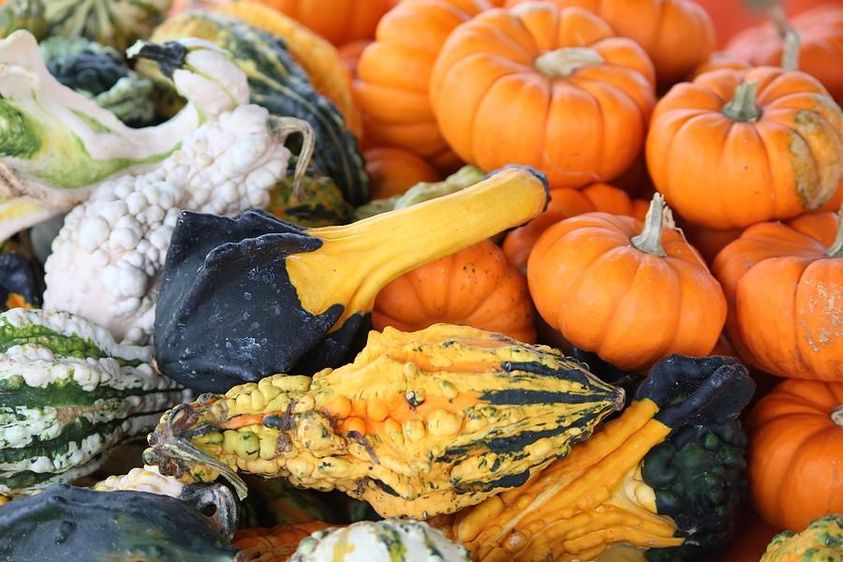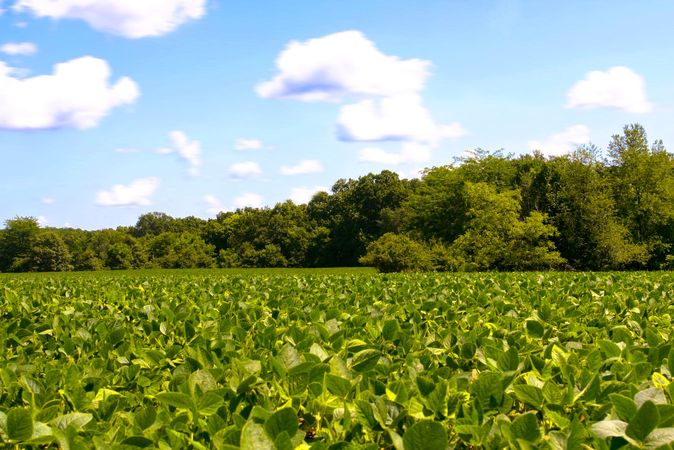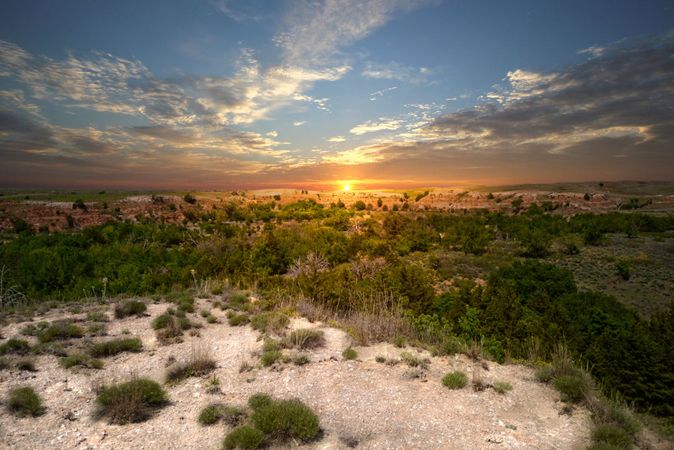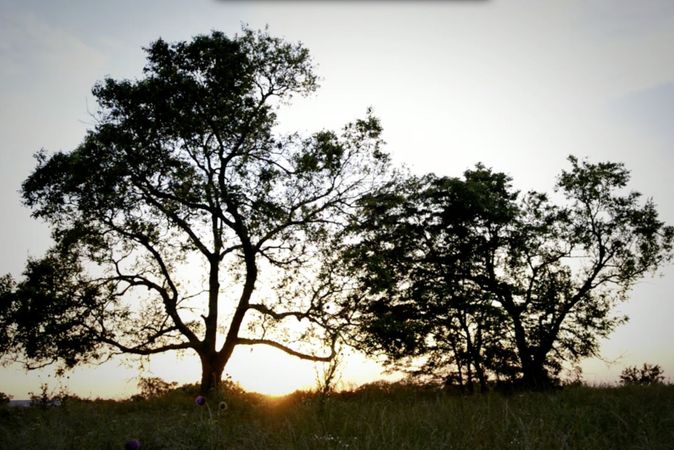The temperatures may still be a little warm, but September is well underway and odds are you have fall on your mind. It’s a tradition for many families to take their children to local farms this time of year to take part in all sorts of fall activities. If you haven’t opened your farm to these families, it might be something you should consider. Hayrides, apple picking and feeding livestock are a few of the activities that children enjoy on farms, but fall crops also play an important role.
The crops below are planted in early to mid-summer. With fall activities beginning to pop up, we hope these crops will help you plan for farm recreation that will provide supplemental income next fall.
Pumpkins
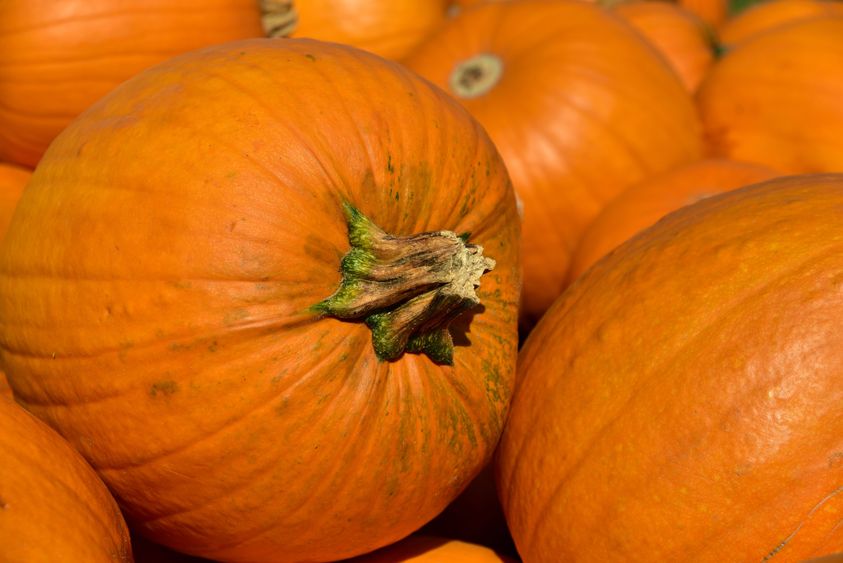
If there is one thing people think of when they think of fall it’s pumpkins. Whether you’re a child eagerly running through the patch to find that perfect pumpkin to carve or simply looking for a fresh pumpkin to make your famous pumpkin soup, pumpkin patches are a favorite for everyone.
Pumpkins take anywhere from 80 to 130 days to grow in soil that is between 70 and 90 degrees Fahrenheit. Plant the seeds into a pre-built “pumpkin hill,” which is comprised of compost or manure and warm, dry dirt. Try to choose an area on your farm that isn’t too far from where people would be parking and is relatively easy to walk to. If you would rather people not walk around your patch, you can always pick the pumpkins yourself and set them all together where people can come and pick one of their choosing.
Gourds
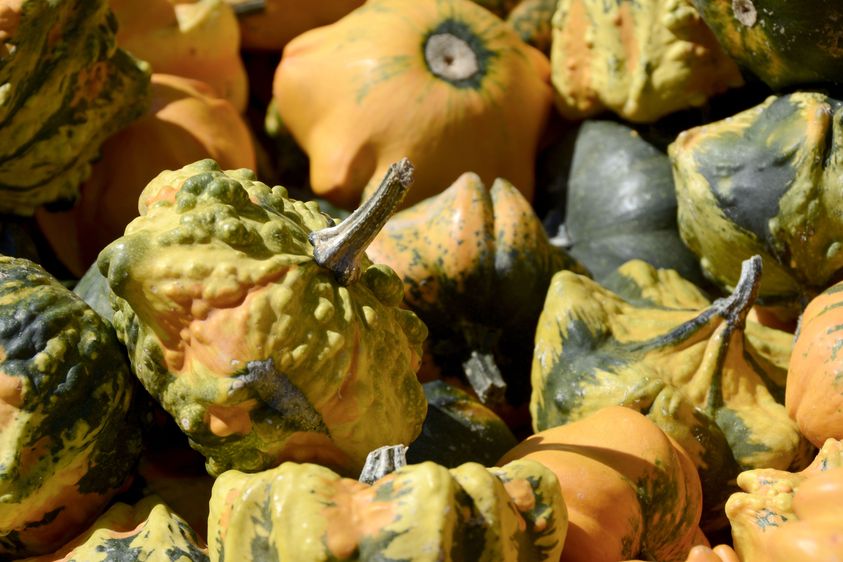
Gourds may not get the attention pumpkins do, but they are still a fall stable. They grow similar to pumpkins, liking warm, dry dirt. The seeds of gourds are known to cross-pollinate, which can result in some wacky and even spooky-looking gourds. Place the gourds in an area or basket near the pumpkins on your farm. You can even carve or dress up the funky-looking ones to encourage children to pick one up.
Corn
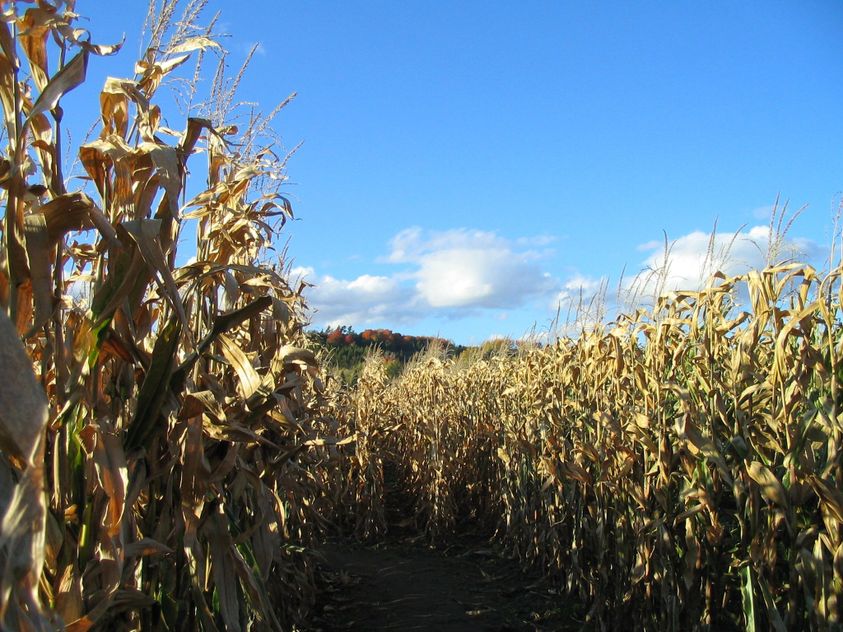
Getting lost in a corn maze is nothing short of a perfect fall afternoon. Corn mazes are designed for fun where visitors can get lost at every turn. If you’re wanting to add one to your farm, it’s important to do a little research beforehand. Since you’ll be planting later in the growing season, you’ll want to pick a variety of corn to plant that’s best suited for that. Many farmers choose a tropical silage variety that’s also drought resistant (you’ll spend a fortune watering if you pick one that isn’t.) Corn grows fast. Once it’s about three to six inches tall, you can cut and map out your design for the maze.
While people are meant to get lost in corn mazes, you don’t want them running all through your stalks. This can be helped by running rope or tape around the edges of the path and by putting up signs that say to stay on the designated paths. You can add scarecrows and other props at various points throughout the maze to entertain the children. If you want to cater to older children or adults, you can have volunteers dress up and jump out to scare them. Once it’s time to close the maze, the corn doesn’t have to go to waste! It can be sold as maize and feed to other farmers and livestock owners.
If you haven’t already planted these crops, it might be something to consider doing next year. You may just make fall that much more fun for a family.


